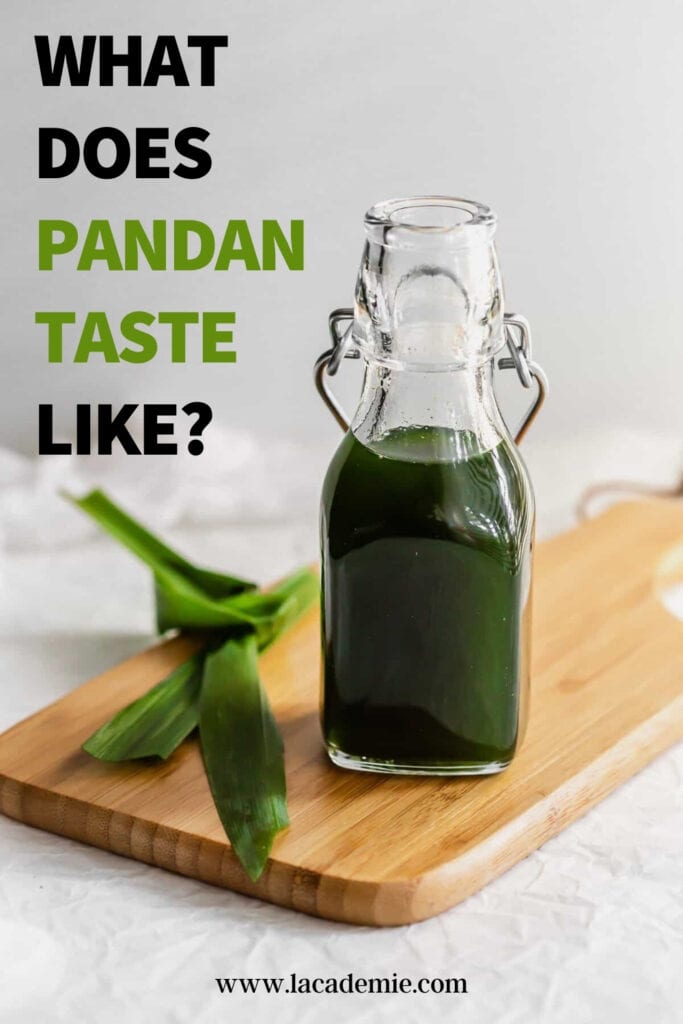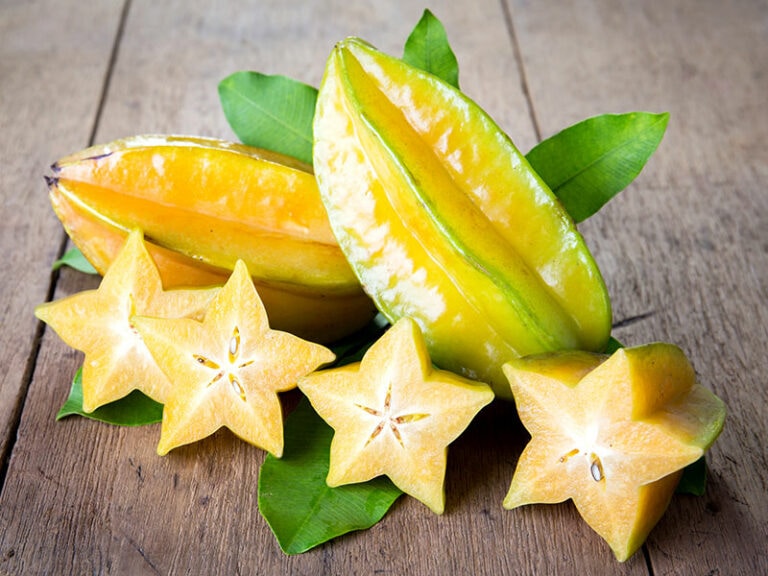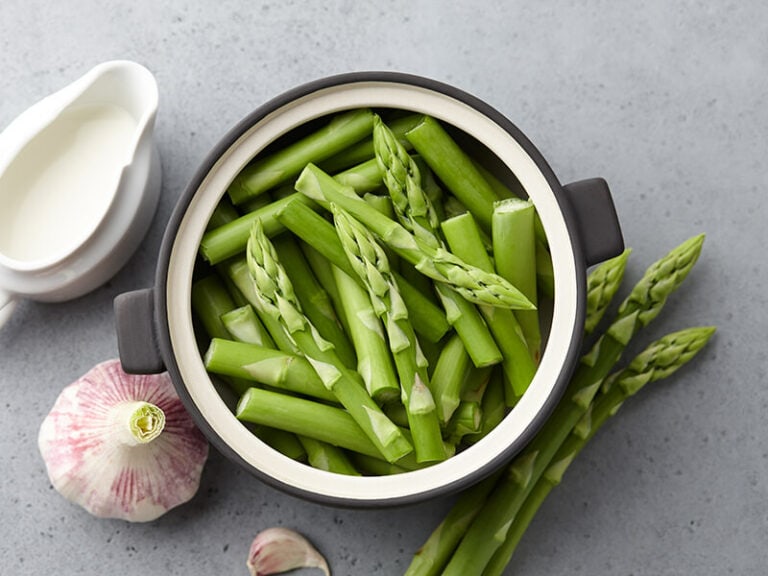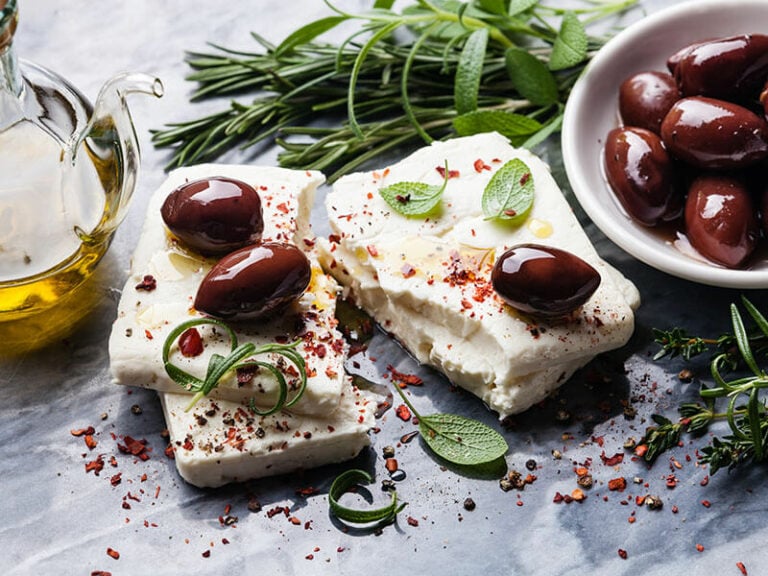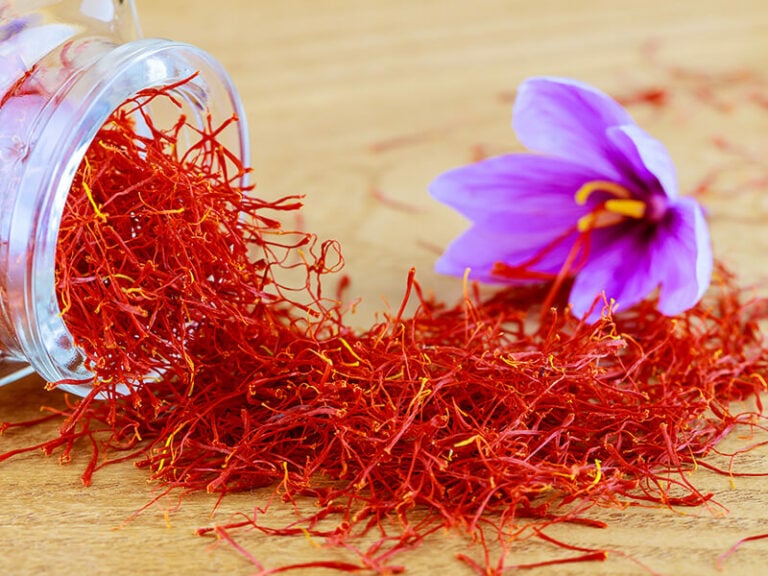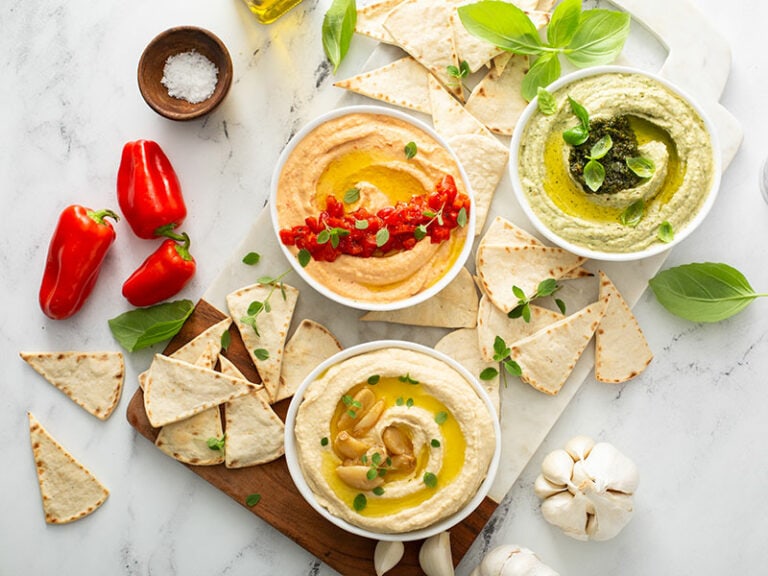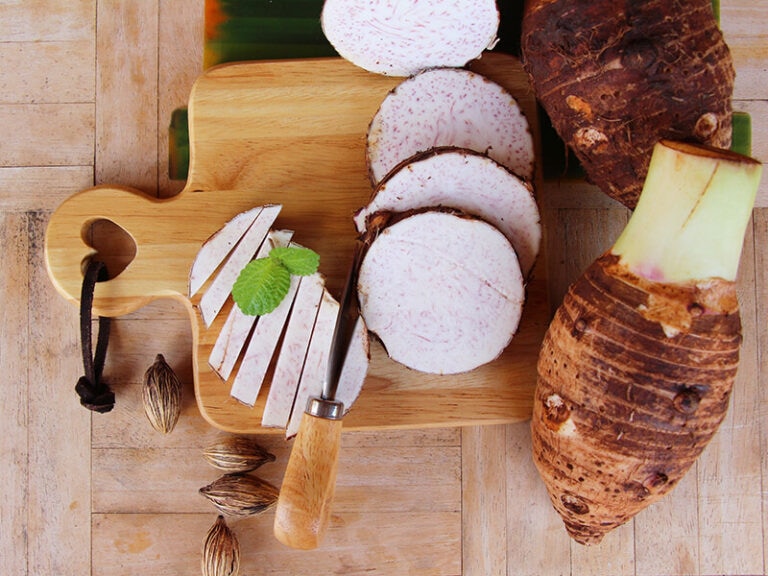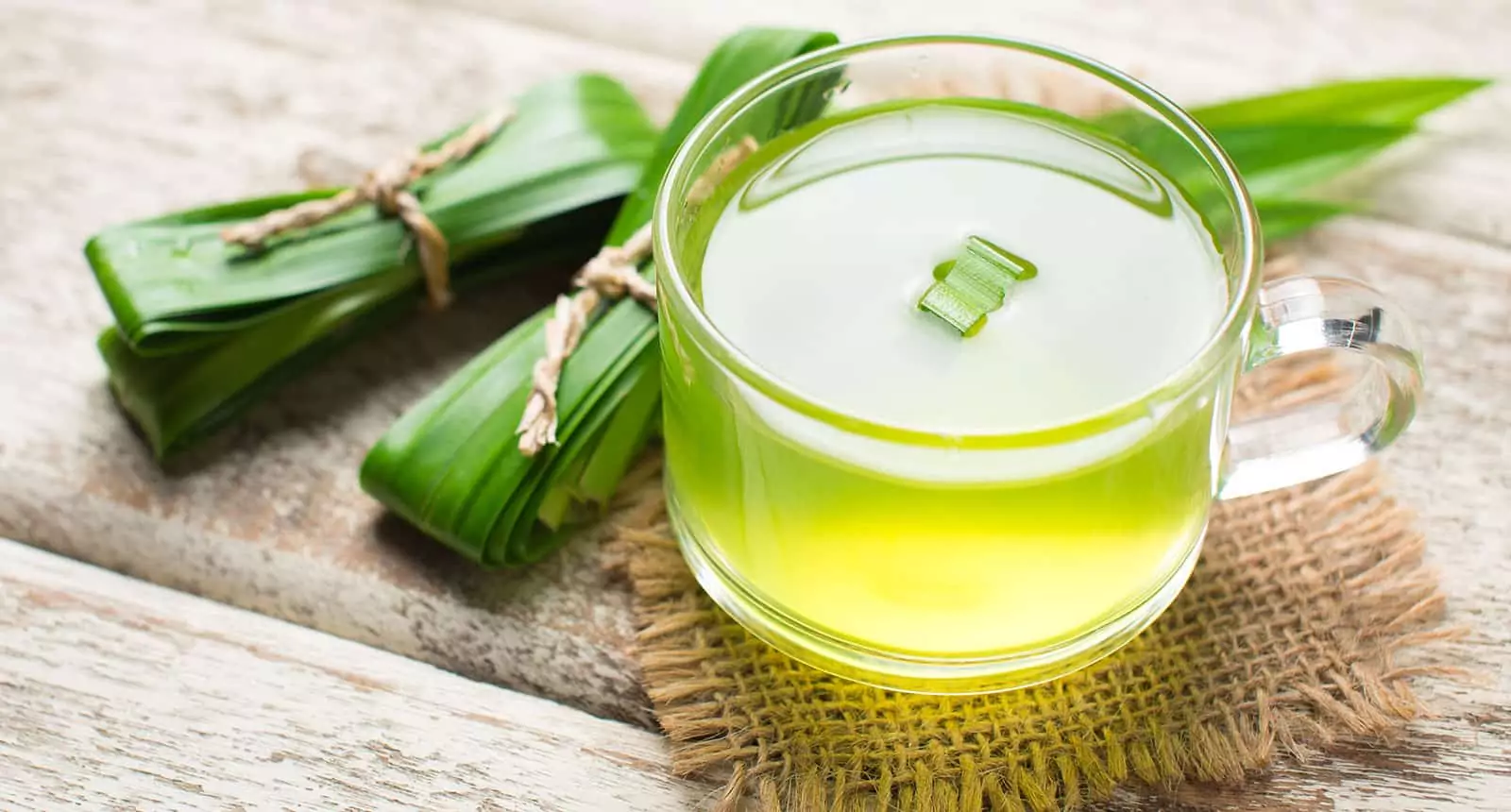
Perhaps you’ve harped how it will be “the next matcha” in Europe, but pandan leaves were almost everything for the people here in South East Asia. The coloring of natural foods, natural flavors, repellents for insects, air fresheners, food packaging, also a token of passion.
Pandan (Pandanus amaryllifolius) is an aromatic herb that is precious for its sweet and versatile floral fragrance. Its spicy leaves grow in bunches in a fan shape and flourish in tropical climates.
Some varieties also produce fruit that looks like pinecones of red and orange. Pandan is commonly used in Southeast Asian and South cuisine, but Western interest in the plant increases because of its supposed culinary properties and health benefits.
This article outlines everything you need to know about pandan’s flavor, use, advantages, and alternatives.
Pandan At The First Sight
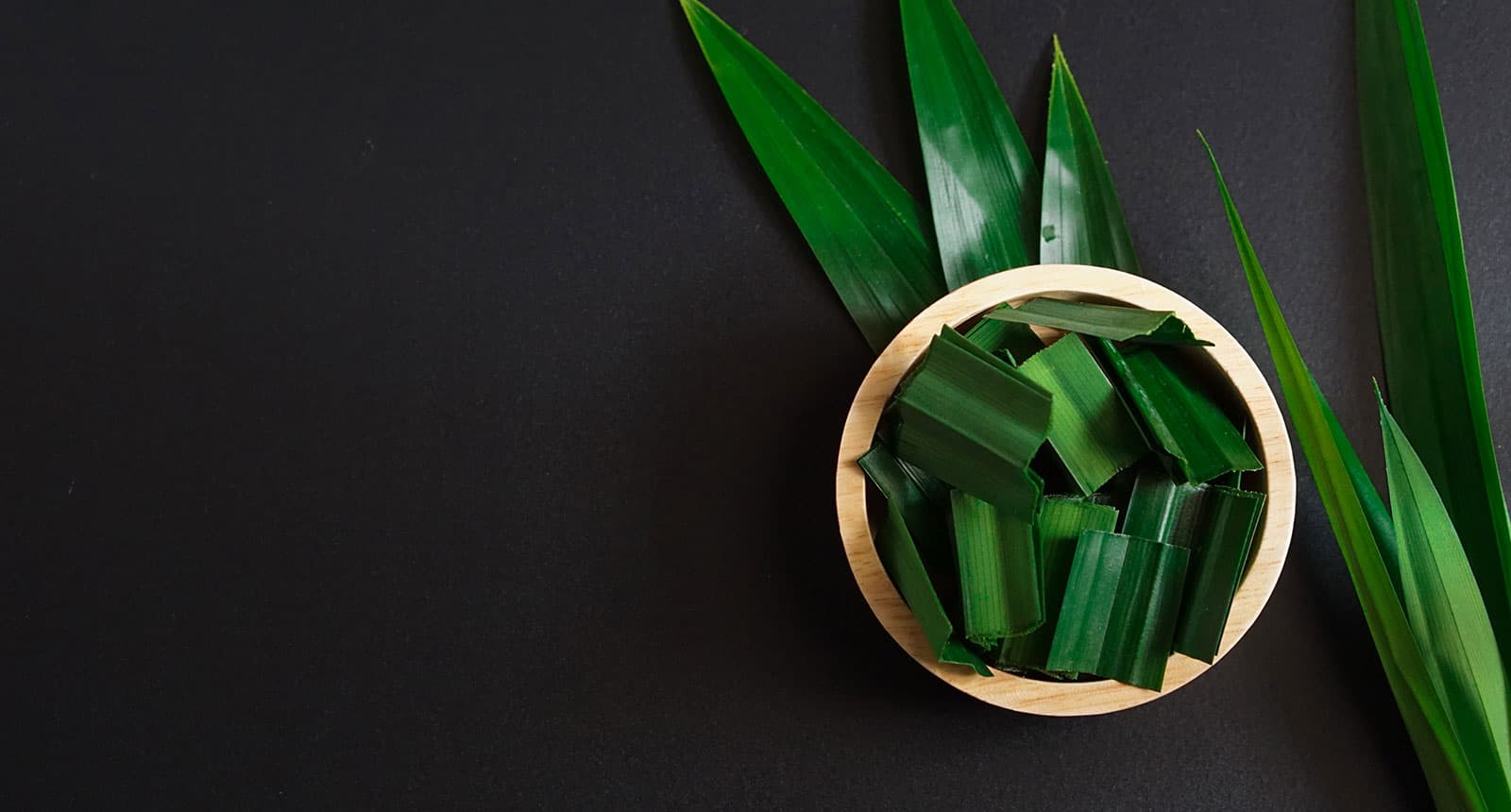
If you decide what the taste of pandan is like, be sure pandan is supplied to flavor desserts as an extract, powder, and paste. Like the palm, the cultivated plant features long, slender and spiky, luminescent green leaves.
Pandan leaves are often used as a flavoring in many sweet treats from Thailand and other Southeast Asian countries, just like celery. Let’s jump into more details right here!
What Is Pandan?
Pandan leaves are used in South-East Asia for flavoring sweets and beverages and delicious dishes, giving a unique taste and aroma. Fresh, frozen, and dried pandan leaves can also wrap foods, including chicken or sticky from brown rice.
Leaves convey an aromatic note to these foods and often visually appeal to the dishes. The ingredients are tinted in green color, extract and powder while adding flavor. Pandan is cheap, much lower than the vanilla bean.
Pandan Habitat
In Asia, pandan is present in African, India, Australia, Madagascar, Malaysian tropical forests, Indochina, and some Pacific islands. In other countries, this plant is also very successfully grown.
In different situations, pandan survives well. It grows near the sea and rocky and sandy soils. The plants are still feeling fine in the swamps, volcanic hills, banks of the river, woods, and coral reefs.
Pandan Taste
The best word to characterize the flavor of the Pandan is “tropical.” Naturally, the pandan leaves have a sweet taste and soft aroma.
Its taste is strong, with hints of rose, almond, and vanilla on the verges of the coconut, defined as grassy. Basmati rice has a similar scent to pandan by adding a small quantity of pandan to the white rice.
It smelled fantastic and soon made you hungry to think about all the pandan-filled-up food. Be cautious when using a concentrate of commercial pandan extract. The taste is quite bitter and can overtake any food if it is used too much.
Pandan Use
Depending on its form: paste, extract, powder, or leaves, there are various uses for pandan. Pandan leaves are quite similar to banana ones, so you can use them as wrapping for food. However, as they are much smaller than banana leaves, the juice may escape.
As for powder, you can add it to drink. Do you know it can extend the shelf life of any tea, for example turmeric or ginger ones? Also, since panda paste and extract taste just like vanilla, you can use them as a flavoring additional.
Health Benefits & Potential Downsides
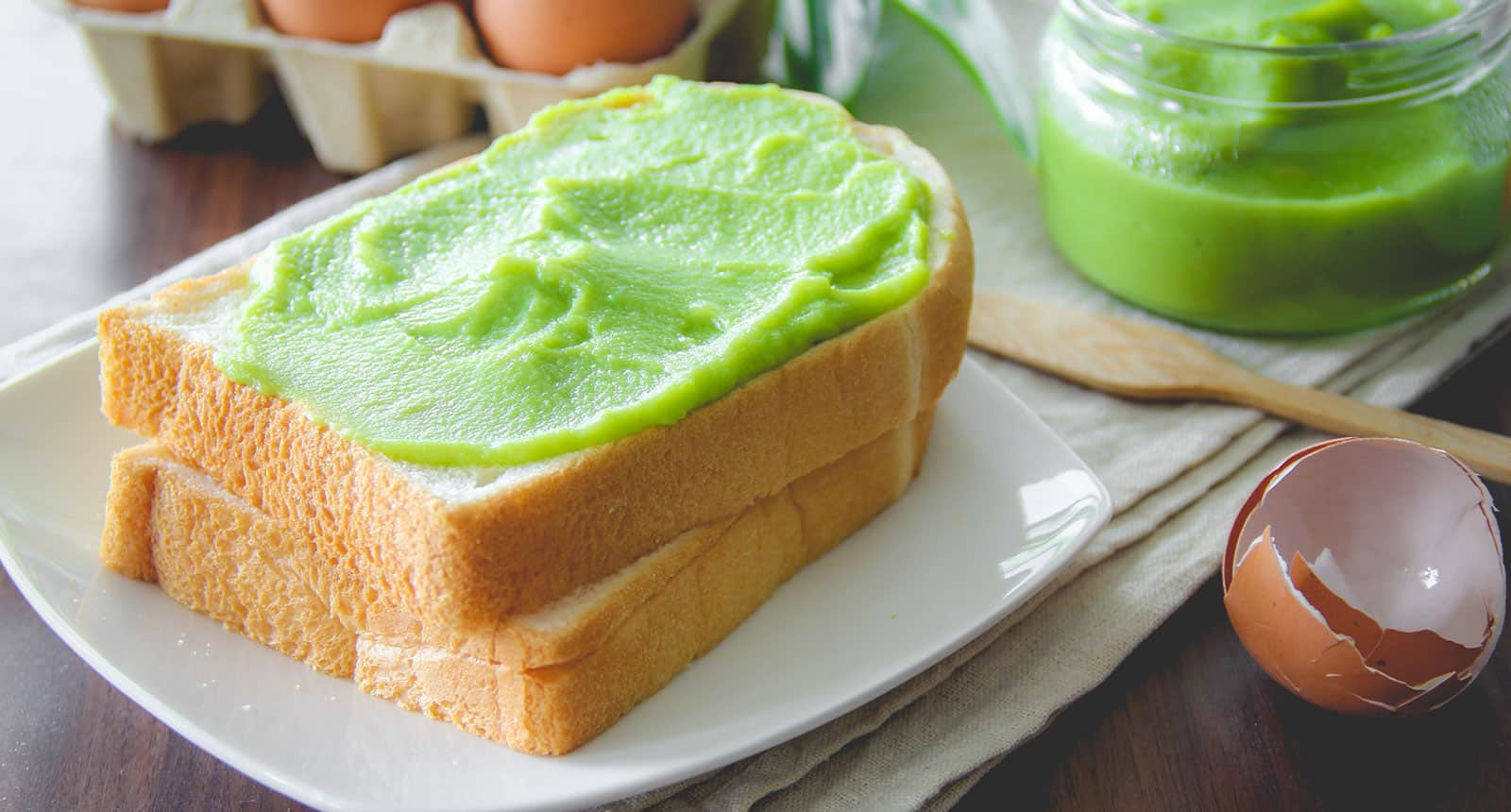
The principal advantage of pandan leaves is many additional health benefits for savoring purposes. However, these supplies are almost non-existent in nutritional value.
No minerals or major vitamins are found on the leaves. Join deeper to know more about pandan tase as well as its pros and cons, my dear!
Health Benefits
Pandan leaves traditionally have health benefits as an aid in digestion and a fever reducer. For decades, Thai people have relied on pandan leaves’ natural healing properties. The dried crushed pandan leaves are used for minor burns, sunburns, and other skin problems in South-East Asia.
In particular commons, an extract of the leaves could reduce blood pressure, ease pain from arthritis and increase appetite. Pandan can help with hair and dandruff problems. In this case, the leaves affect as a conditioner on your hair.
Reduce Arthritis Pain
Arthritis affects millions of people around the world and is marked as stiffness or joint pain. The mixture between pandan leaves and coconut oil is used topically in Ayurvedic medicine to alleviate arthritis problems.
Control Blood Sugar
Pandan can help with blood sugar regulation. One study showed an average oral (75 grams) blood sugar test for 30 healthy adults with Pandanus amaryllifolius leaves hot tea. Those who had drunk tea recover better than those who drank hot water from the blood sugar test.
Improve Oral Health
Pandan leaves can refresh your breath because of the pleasant flavor. Some non-Western treatment also uses this method to avoid bleeding gums.
Pandan isn’t thoroughly examined, but there are many anecdotal health benefits. The usual uses include the control of blood sugar and pain relief.
Potential Downsides
Pandan has not been thoroughly researched, so it is unfamiliar with its side effects and medication interactions. While pandan may have a mild laxative effect that can trigger diarrhea when ingested in large amounts, more research on the exact amounts is necessary.
Be aware of the high sugar level of pandan fruit paste. In addition, pandan cakes, fudge candy, and processed food have little to no advantage. Adding a little pandan into the mixture and baking by your pizzelle maker is also a new option for brunches. Right?
Homemade Pandan Juice & Extract
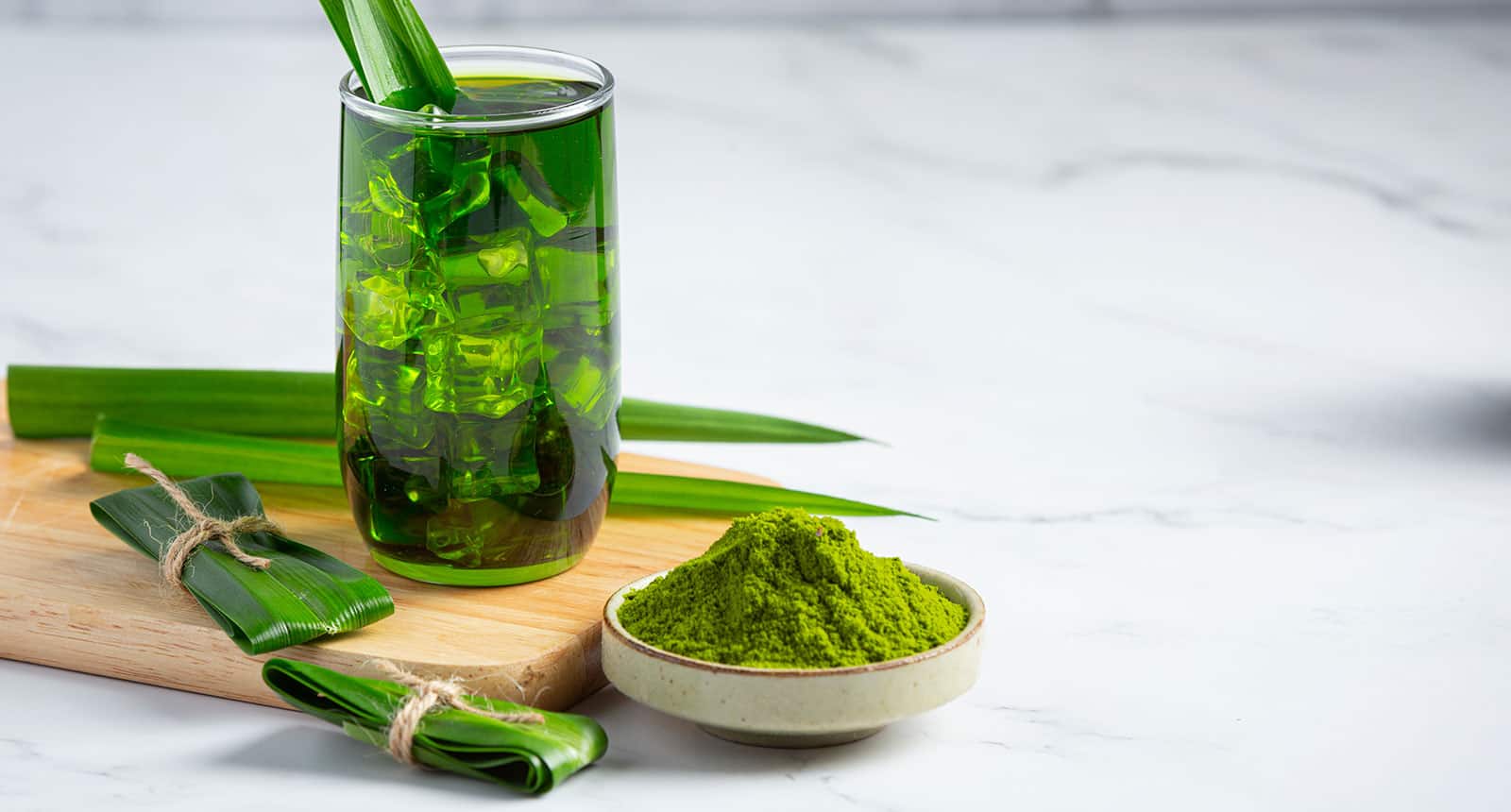
Learn how to make fresh or frozen pandan extract and juice quickly. In Asian grocery stores, you could find fresh pandan leaves, but not always. They come frozen most of the time, which is also acceptable.
Pandan Juice
Pandan juice is what you get by blending the leaves and water. Wow, you are now so close to the pandan juice, simple peasy!
- Choose mature but not old pandan leaves, darker green than young shoots
- Wash the leaves via water to get rid of dirt or sands
- Cut them in 1-inch piece or smaller with scissors
One thing to remember: No matter what types of blender you use, make sure to crush your pandan leaves beforehand. That’s because they are quite fibrous and hard.
- Blend with water
- Strain by using a cheesecloth
- Use a cheese towel or a fine strainer to squeeze out the juice
- Transfer to a jar of glass
- Go with the pandan pulps for two more rounds with water
- Get more diluted pandan juice
To adjust how firm you want pandan juice, you can change the water quantity. It is possible to start with 100ml – 240ml of water.
Pandan Extract
Pandan extract is the sediment that builds upon the bottom jar of pandan juice. The residue is chlorophyll, a pigment that gives its green shade to pandan.
Once the pandan juice is transferred and stored in the refrigerator, allow it to sit for 18-20 hours without disruption. The green sediment begins to build up underneath the jar. Remove the top liquid layer and use the extract from the bottom.
What To Use & How To Store
Pandan juice is a pandan extract version of watery. You can use this to sweeten rice or sweets, such as agar jelly cake, cendol, pandan cinnamon rolls, pandan Liu sha bao, pandan mille crepe cake. Take your crepe pan up and start these new recipes.
The pandan extract has very little water; therefore, in recipes that need very little liquid, for instance: macaroons, cookies, donuts, etc., you can use them a bit more. Your cookie jar is still waiting for the pandan cookies, have a try!
Pandan extract and pandan juice should be kept in the fridge for up to 7 days. They’ll begin to smell rotten after that.
As for freezing methods, while side-by-side and French-door fridges may have several gaps, they both have freezers that can store panda extract and juice. But you will not try to hold them longer than a month, or your ingredient will be less aromatic.
Application & Recipes In Full Details
You don’t have to have green thumbs to have a pandan garden. The leaves have a slight scent when still on the plant. But the calming aromas are emitted until extracted and crushed, leaving everyone completely caught in a whiff. It’s time to get to know more about using purposes as well as the newborn recipes!
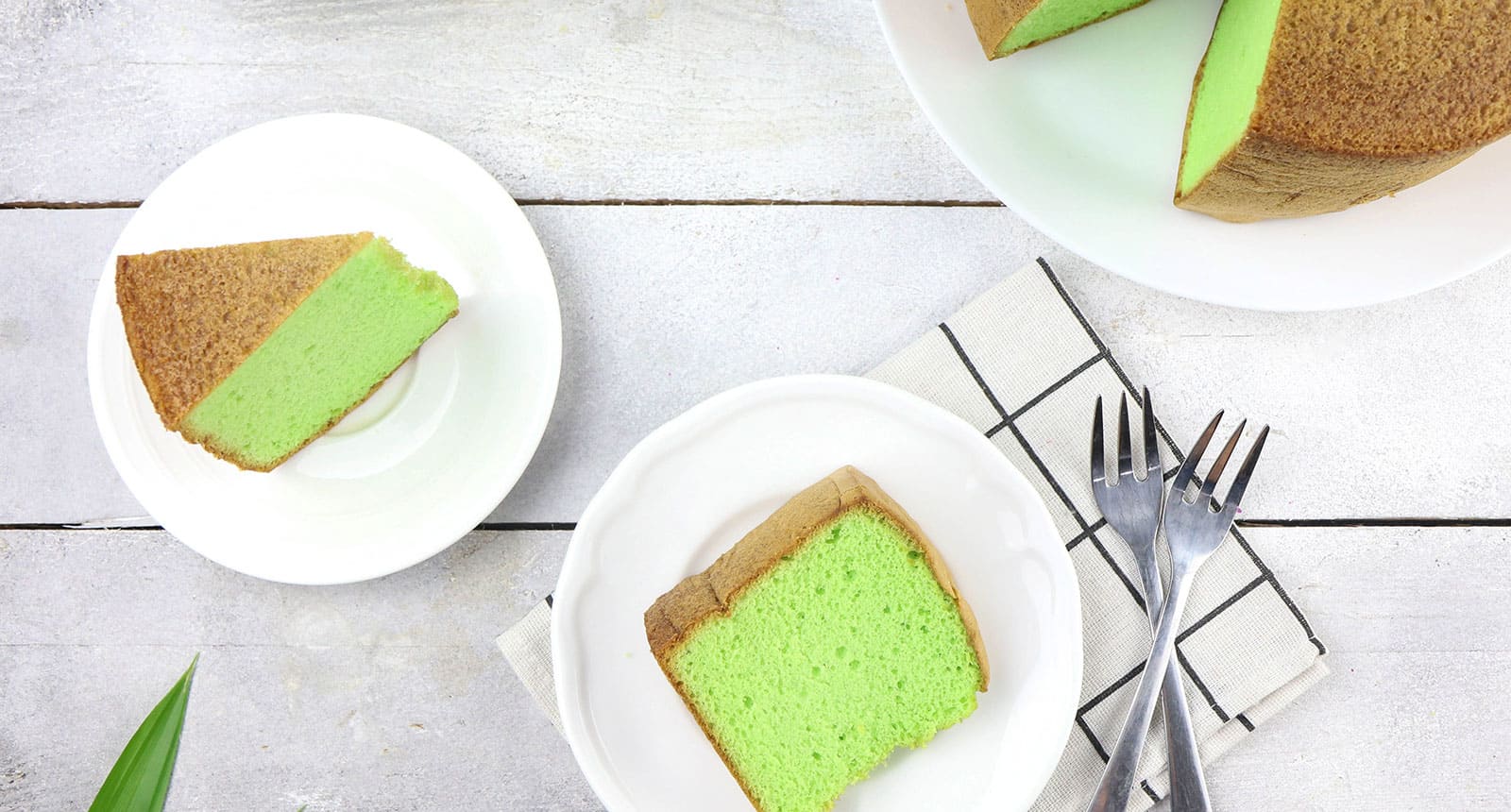
Desserts
Let’s begin as a dessert with pandan. Yes, pandan can be an excellent dessert plus a beautiful green color. The fresh pandan leaves are beaten into a paste, and the fibrous pieces are extracted as the water is slowly applied.
Pandan Ice Cream
Pandan can go well with milk or milk blend. Mix these two fatty items as you like, simmer them, and then steep them with some pandan leaves for an hour or two. Take the spent leaves away and use milk as a base for almond milk, custard, ice cream, or sour cream.
Green Sago Pudding
Gently stir 1 cup of sago in 1,75 liters of water for around 25 minutes till it is translucent. Transfer to a sieve to allow thick liquid to drain for 20 minutes. In a saucepan, combine 125ml pandan liquid and 170g caster sugar and cook, constantly stirring, over medium heat till the sugar has melted.
Stir in 300ml coconut milk after adding the sago. Chill up and serve, if you like, with honey melon balls. It is a lot healthier while mixing with your Manuka honey!
Pandan Honeycomb Cake
From the time of French colonial rule, this honeycomb cake has been a sweet staple for many Vietnamese children. This baked treat is beautifully springy and delicate and shows a beautiful green pattern as you cut it.
This pandan honeycomb cake recipe uses homemade pandan extract and creamy coconut milk to give it a genuinely pure fresh profile.
Pandan Coconut Milk Bread
The pairing of coconut and pandan is a technique you see from Vietnamese to Malaysian to Filipino in many Southeast Asian cuisines. They are both scented, slightly nutty, and with a mellowness that keeps you looking for more.
Nothing better than this video will show you the right way to combine pandan juice, coconut milk, and eggs. Check it out!
Pandan Water
Next is the pandan water. The idea might seem odd, particularly to westerners, but a glass of pandan water can be very calm. Get a bunch of pandan leaves, boil them for a few minutes in water and extract the juice over a cheesecloth.
When cool, pandan juice becomes an ideal beverage in Thailand and other Asian countries. However, take note that water can only last for about three days before going off.
Vietnamese Artichoke & Pandan Iced Tea
Combine in a big saucepan, five halved artichokes, 24 bruised pandan leaves, and 3.5 – 4 water liters. Bring to a simmer slowly, cover, and cook up to 1.5 hours until the artichokes are fluffy.
Sweeten with caster sugar. Cool, then strain and put in the fridge. Serve with ice.
Boiling Rice
Here is a pandan trick, famous in the good old days. But most Thais still do this when they boil rice up till this day. They tie a pandan leaf to a knot and place it in the rice cooker during cooking.
It gives a sweet, delicate fragrance to the rice. Some people believe that pandan sticky rice is great for lunch and dinner!
Pandan Steamed Rice
Sauté two bruised garlic cloves, four slices of ginger, 1 tbsp vegetable oil, 2 cups of long grain rice, for 2 minutes or until fragrant. Add 3 cups chicken stock with six pandan leaves that are tied in a knot.
Cover, simmer until the liquid has been absorbed for about 12 minutes. Remove from the heat and set aside for 10 minutes, covered, or until the rice is firm.
Food Wrap
For food wrapping, pandan leaves are also used. They are mainly used as wrapping sheets for typical dishes like Gai Kor Bai Toey, chicken wrapped in pandan leaves.
During the cooking process, pandan leaves add fragrance to the meat. They keep the meat moist, and when cooked, they are savory and juicy.
Pandan leaves are much smaller than giant banana leaves, which are the best for foods with juices. With its fragrance and taste, pandan leaves make a great food wrap.
Pandan Scents
It is fitting that since the Ayutthaya era, pandan was used in Thai cuisine. In reality, you will see a bunch of fresh pandan on the passenger’s seat when you take a cab in Thailand. The idea is to unleash your natural scent to act as a refreshing air for your vehicles.
Pandan adds the flavor and color of Asian cuisine to curries and cakes. It combines very well with lemongrass, coconut water, sugar from palm, and turmeric.
Pandan-Coconut Jam
Whisk up four large eggs, 2 tsp clear pandan extract, 1 cup coconut milk, or taste 2 tsp flour and 125 g finely shaved palm sugar in a bowl until reaching smooth.
Stir continuously, cook for 5-6 minutes over medium-low heat or to the standard thickness. Don’t let the eggs get too hot, or they will scramble—strain, calm, and store in the refrigerator.
Mango With Lime & Pandan Syrup
Combine in a saucepan ½ cup water, ½ cup lime juice, 1 cup caster sugar, six finely chopped makrut lime leaves, and six finely chopped pandan leaves.
Then simmer until the sugar is dissolved for 5 minutes. Take out of the heat, then cool down. Pass over sliced fresh mango and serve spooned.
Pandan Flavored Curry
Chicken is marinated with chili and turmeric powder, lemon juice, and dried spices with coconut and pandan leaves. A few leaves add to the braising liquid a beautiful nutty smell, a trick that also you love for the Sri Lankan fish curry recipes.
Take some time on this instruction to know better how creamy and silky the curry sauces. No more hassle!
FAQs
You can believe that pandan adds a perfect depth of flavor. It doesn’t seem that the leaves are tasteful, but they offer you a good bit of seasoning to add to the foods—other related questions about the taste you can find here.
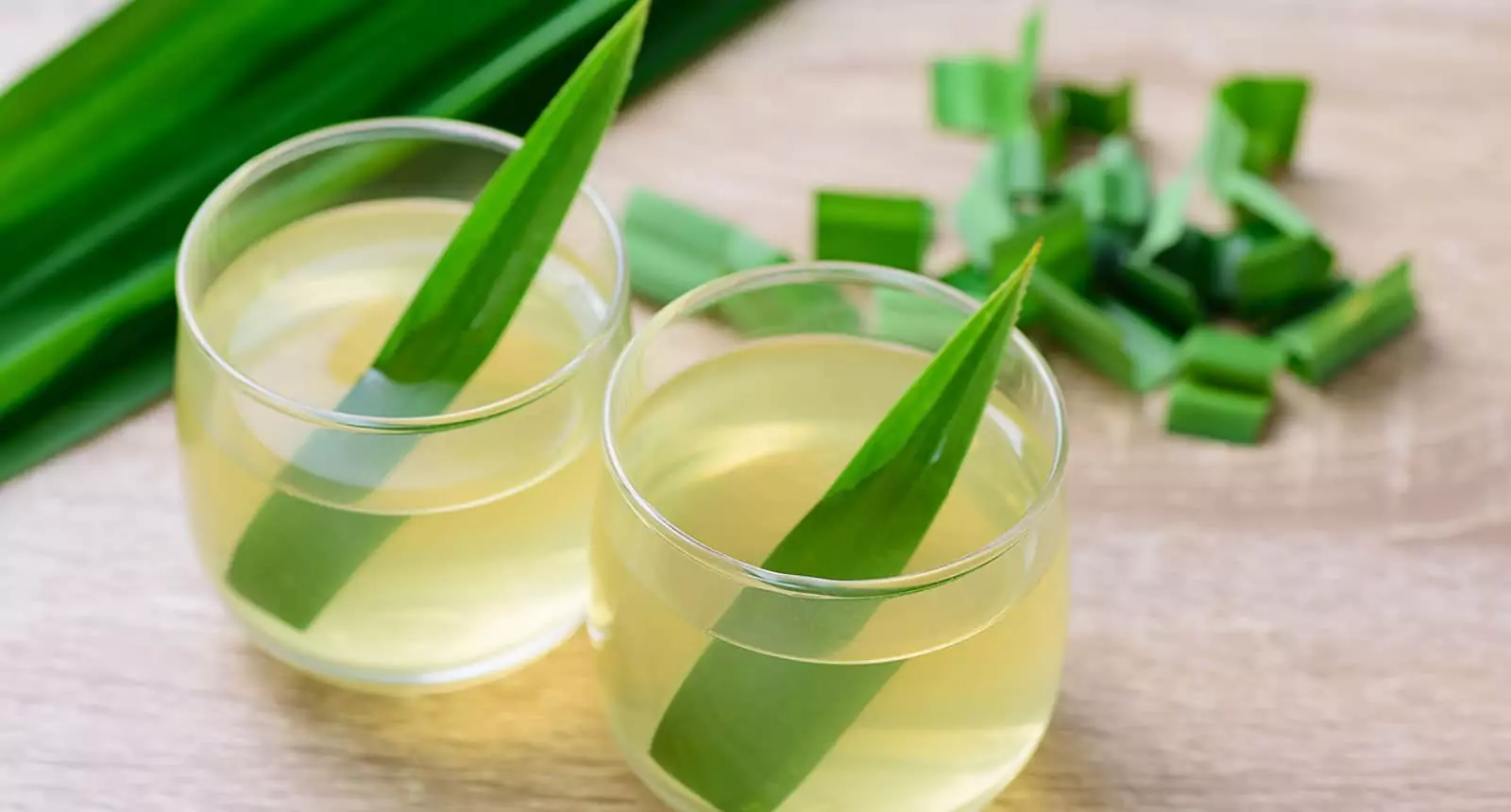
Pandan – Much More Than A Taste
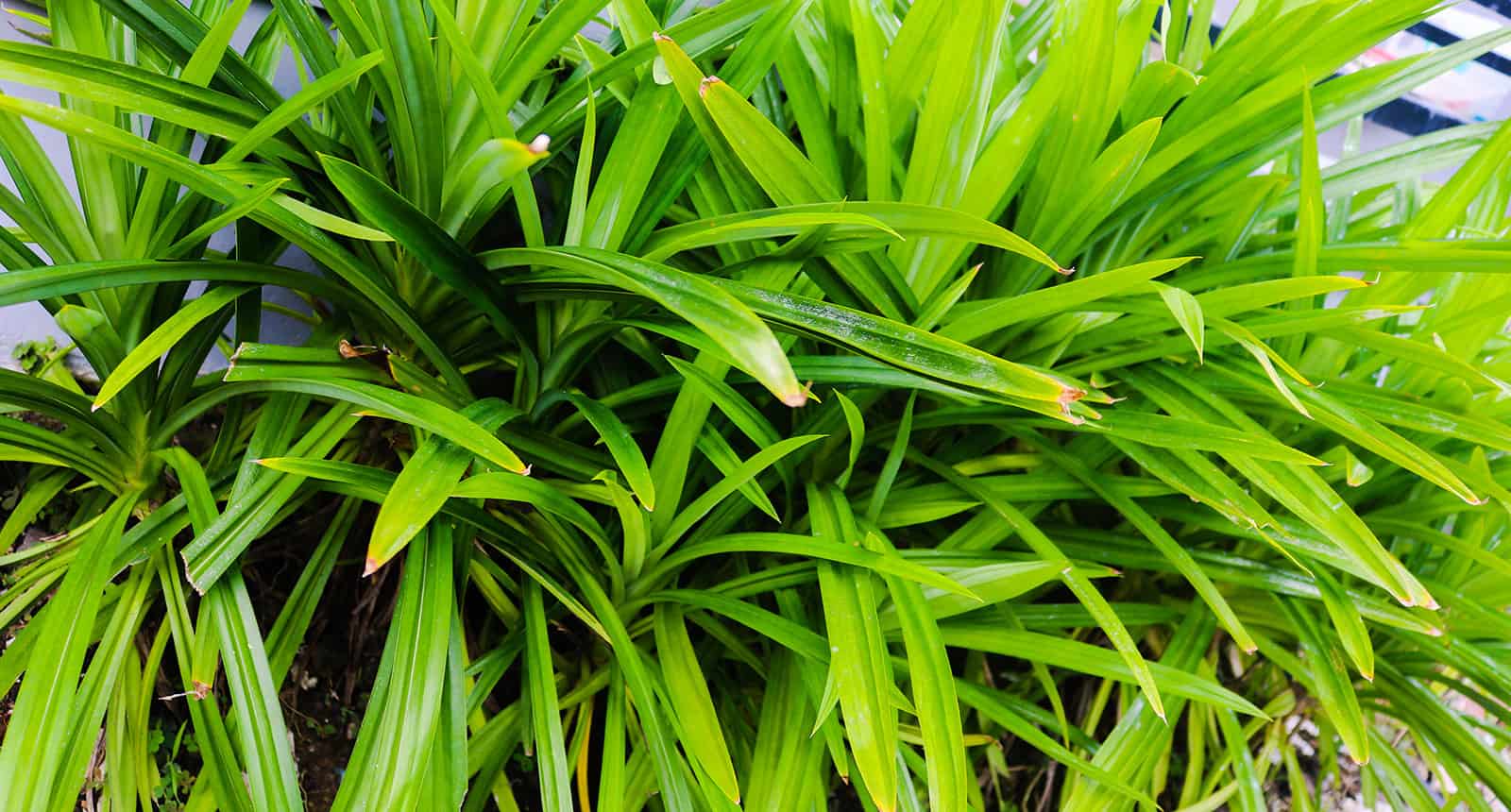
The pandan’s taste is naturally sweet, herbal, and aromatic, with the same soft tones as vanilla. Get to know about the characters and the notices in quantity; you are now confident in making the pandan taste a tropical aroma for all kinds of dishes.
If you don’t know how you should use pandan, just add some pandan juice to your favorite vegan cookie or cake and invite some buddies to a tasting session. Anything you’d love to share about the taste?
Stay tuned, then comment below your latest experience with pandan taste. Also, share my review through your communities. I do believe that your friends and family members love the pandan and its signature taste, aren’t they?
